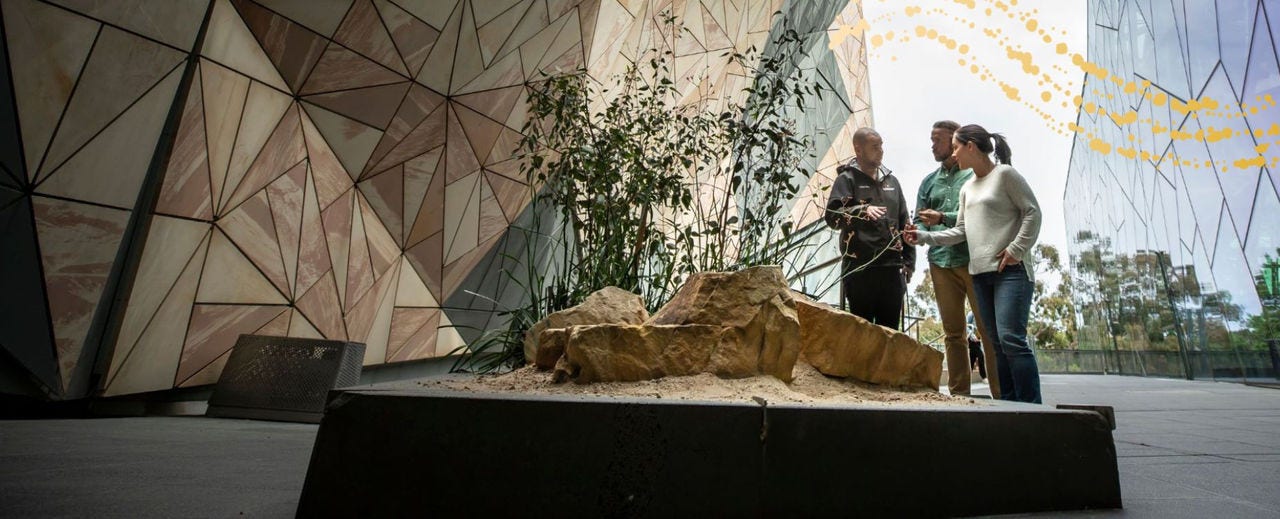A thriving destination for investment
Australia's dynamic and innovative economy welcomes businesses of all sizes. This includes global corporations to promising startups and cutting-edge research institutions.
This report provides a comprehensive overview of Australia's performance as an investment hub. It benchmarks Australia against other countries in over 40 charts.
Strengths in key fields include our:
- economic fundamentals. Our economic indicators and business-friendly environment make us a straightforward and secure investment opportunity.
- vibrant innovation ecosystem, fueled by a skilled workforce and cutting-edge technology.
- renewable energy superpower, including our world-leading solar and wind industries.
- global ties in trade and investment. Our network of trade agreements has created strong trade and investment relationships with diverse partners worldwide.
Download the report
Advantages of choosing Australia
The Why Australia Benchmark Report is an annual publication by the Australian Trade and Investment Commission. It details the advantages of choosing Australia as an investment destination.
The report covers key economic, financial, social and demographic data from respected national and international sources. It demonstrates why Australia is one of the most attractive countries for doing business.
Economic fundamentals
Australia stands out globally for strong economic fundamentals and prudent economic management with:
- economic growth continuing to outpace other advanced economies
- legal and governance systems that are transparent and trustworthy
- low tax and adaptive regulatory environment making us a business-friendly nation.
Vibrant innovative ecosystem
Australia is an innovative economy underpinned by our diverse and highly skilled workforce, including:
- being a leader in niche technologies
- a fast-growing A$167 billion tech sector
- a highly skilled workforce
- high-impact research in multiple fields.
Renewable energy superpower
Australia is set to become a renewable energy superpower, including:
- being a natural leader in clean energy
- abundant resources of solar and wind power
- vast reserves of critical minerals
- becoming a leader in large-scale hydrogen.
Global ties in trade and investment
Australia's trade is tied to high-growth economies with:
- close ties to Asian markets that drive our export success
- a high-growth destination for A$4.5 trillion of foreign investment
- an open trading economy for services
- a broad network of free trade agreements.


